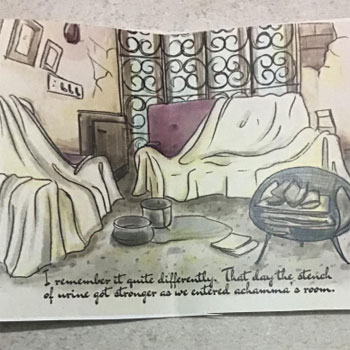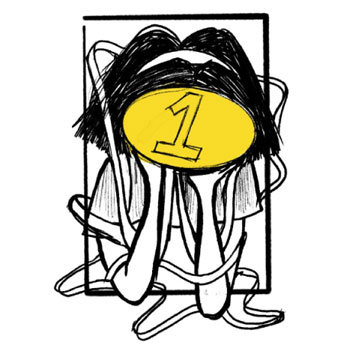Malayalam cinema has undergone what is now known as a new wave after 2010. The end of the 20th century Malayalam film industry witnessed majorly non-adultery content, like coming-of-age romance (Niram-1999), unemployment (Nadodikkattu-1987, Ramji Rao Speaking-1989), political satire (Sandesham-1991, Varavelpu-1989), etc., keeping in mind the large family audience. In the following decade (2000–2010), the popularity of the films depended heavily on the star value of the cast. In the years that followed, numerous films were stripped of their cinematic glamour. Traffic (2011), directed by Rajesh Pillai, is one of the initial movies that marked the beginning of the New Wave in Malayalam cinema. The non linear narrative of a real-life incident that happened in Chennai was critically acclaimed and celebrated. A lot of new directors came forward with fresh perspectives and styles of filmmaking. In this paper, I attempted to understand the visual storytelling in the light of mise en scène, reading one movie each from the different genres and styles I could identify in the said period. Why mise en scene? There are multiple techniques to analyse movies. As an illustrator, I am more interested in understanding how the setting, colours, lighting, composition, style of costumes, frames, camera angles, and POVs could contribute to the visual story telling. The objective is to employ the observations of the study in my future projects and thereby become a more informed illustrator and storyteller.


